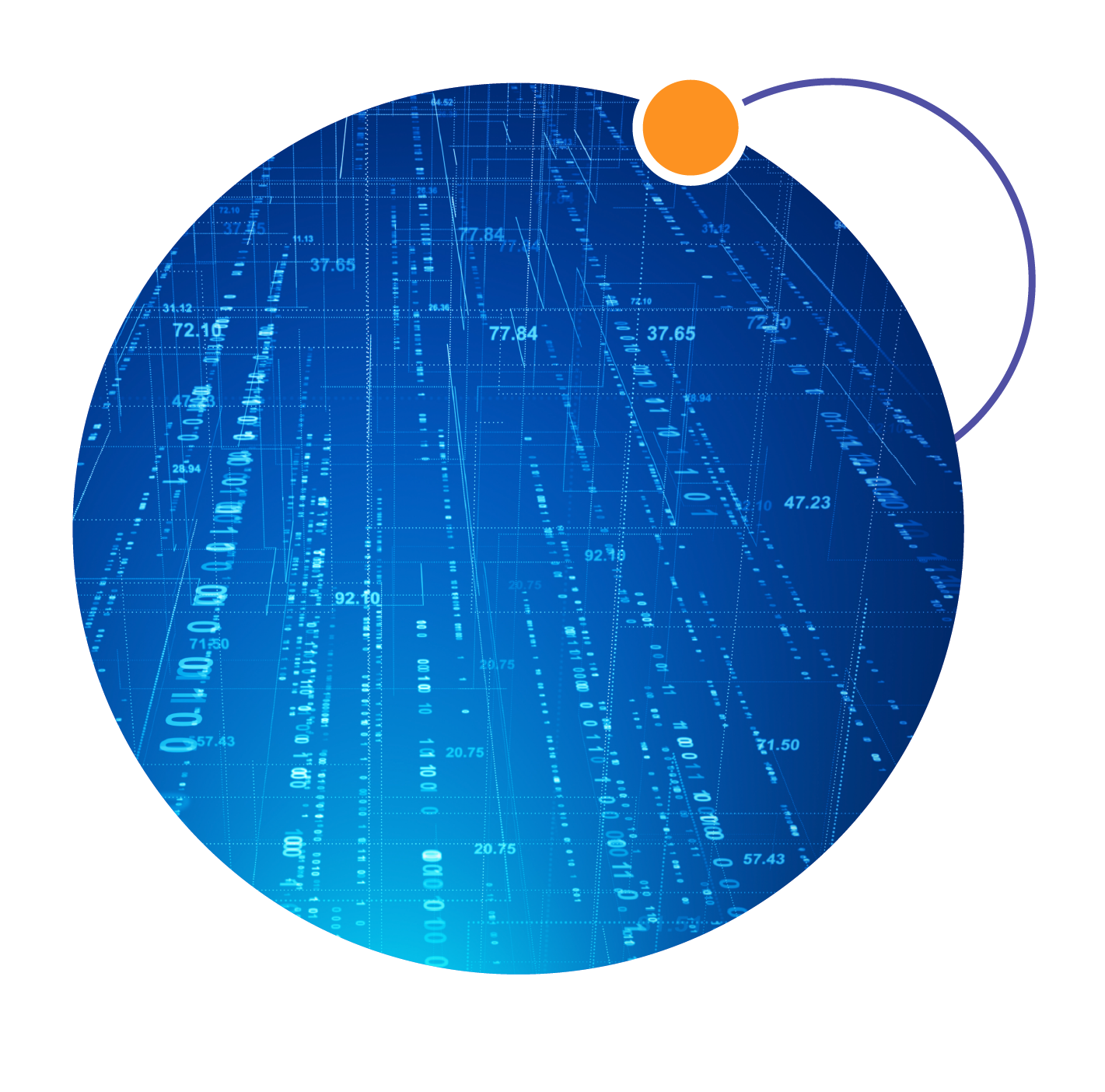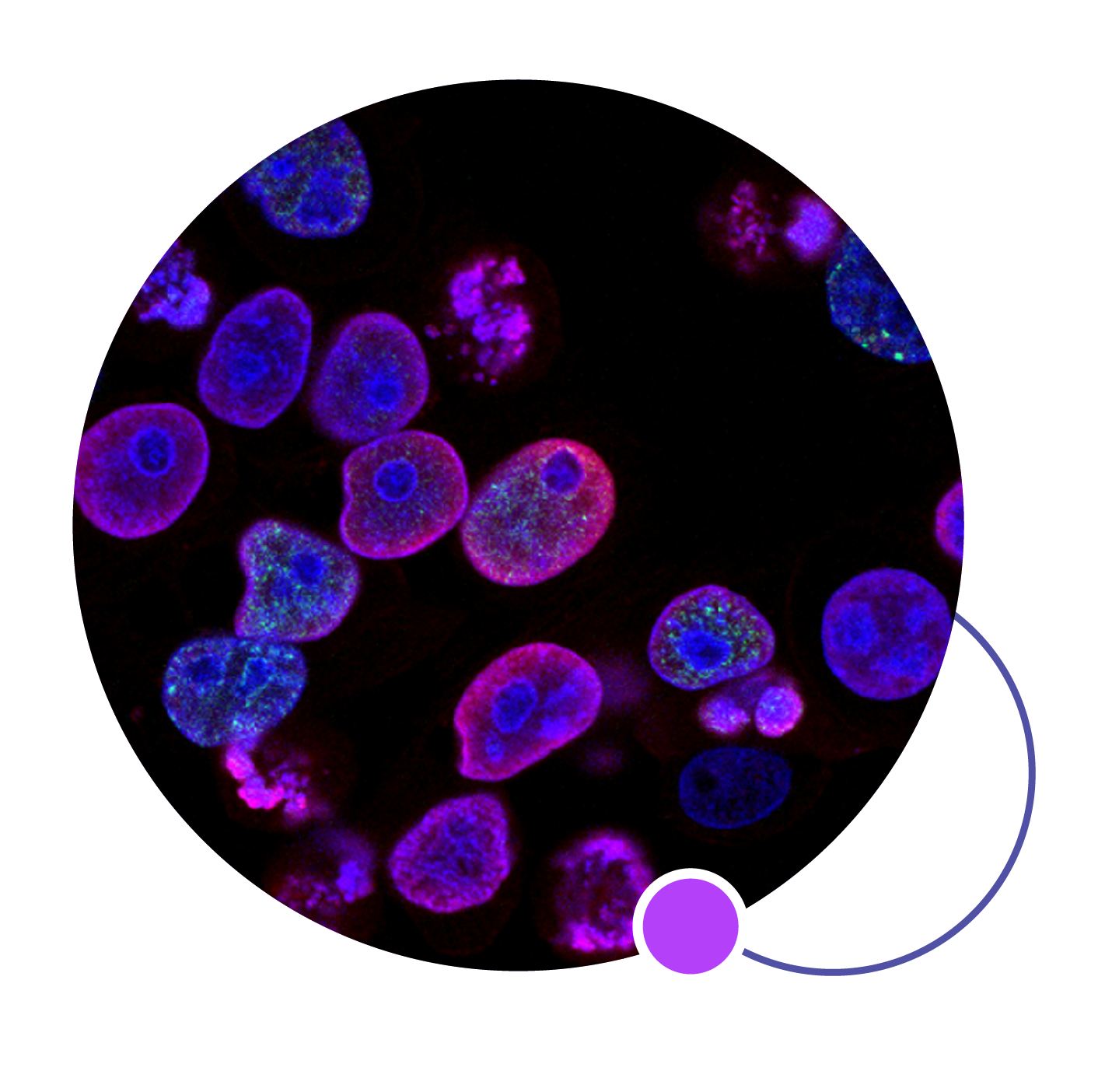WP2
Improving and expanding technology tools to decipher the complexity of cancer epitranscriptomics
Objectives

Adapt and optimise existing technologies for low input material with variable quality (technological challenge)

Develop computational tools capable of resolving (complex) epitranscriptomic patterns

Establish cellular and animal models for cancer epitranscriptomic research

Establish molecular tools to study translation (synthetic mRNA), editing (A-to-I) and modification
Description
In WP2, the DCs will implement several parallel activities to improve the epitranscriptomics toolkit. pecialised analysis algorithms.
DC9 will focus on improving NGS-based protocols, which are already extensively used for analysis of cancer-related clinical samples. Those protocols will include RiboMethSeq in the first place, since deregulation of specific C/D-box snoRNAs guiding Nm is a well-known hallmark of different cancers. HydraPsiSeq protocols will be included to gain a better “view” of the modification landscape of cancer ribosomes. Main challenge in application of those methods to clinical samples is the high variability in samples’ quality, due to uncertain conservation conditions, as well as low RNA amounts available for analysis. DC9 will also investigate and implement improvements both at the sample treatment and library preparation steps from PCa liquid biopsies (blood and urine), as well as in the bioinformatics pipeline, in order to correct for known ligation/amplification and sequencing biases.


DC3 will employ IM-HRMS to analyse RNA chemistry from glioma/GBM samples in greater depth and identify distinct molecules, isomers, conformers, and artefactual fragments. DC3 will also introduce machine learning algorithms to help in analysis and decipher correlations of RNA modification profiles with clinical grades of GBM cancer patients.
DC11 will set-up computational pipelines to unveil the landscape of RNA-editing neoantigens and DC12 will focus on the design and development of a computational mutation detection tool to analyse translatome data and catalogue translated cancer mutations.
DC6 and DC10 will develop improved long-read nanopore sequencing library preparation protocols and improved workflows for RNA modification data analysis to study the cancer epitranscriptome in liquid biopsies (plasma, urine). They will use the direct RNA nanopore sequencing platform (dRNAseq), by Oxford Nanopore Technologies (ONT), which is proven promising in detecting RNA modifications in individual full-length native transcripts, quantitatively, and with single nucleotide resolution. Library preparation methods to better capture lowly abundant and short RNAs in liquid biopsies will be developed in parallel with novel deep learning algorithms to study the nanopore signal and its alterations caused by RNA modifications, possibly including the development of novel base-calling algorithms.
As a counterpart to RNAi-based suppression of gene expression, which are frequently used in loss-of-function studies, DC7 will develop mRNAs that augment then levels of certain RNA modification enzymes, to study gain-of-function effects. Using immune-silent modifications, they will develop mRNA formulations that do not “upset” the innate immune system, since immune reactions are particularly important when studying cancer.
These tools will allow spatio-temporal determination, if an increase of a given type of RNA modification is directly linked to the overexpression of a certain modification enzyme. They will also allow delineation of the borders of modification signatures of specific cancer cell lines.


Alongside, DC1 and DC14 will implement the use of 3D cellular models of PCa and GBM, i.e. tumour-derived organoids, to study the therapeutic effect of Nm modulation at individual ribosomal sites.
DC2 will optimise tools to target endogenous ADARs to novel sites to manipulate clinically relevant A-to-I editing sites in an animal model system and DC8 will establish cellular models of single and triple knockouts to assess if attenuation of m6A decoding by genetic knockout or treatment with chemical probes can promote increased differentiation of cancer stem cells in GBM and NB.


